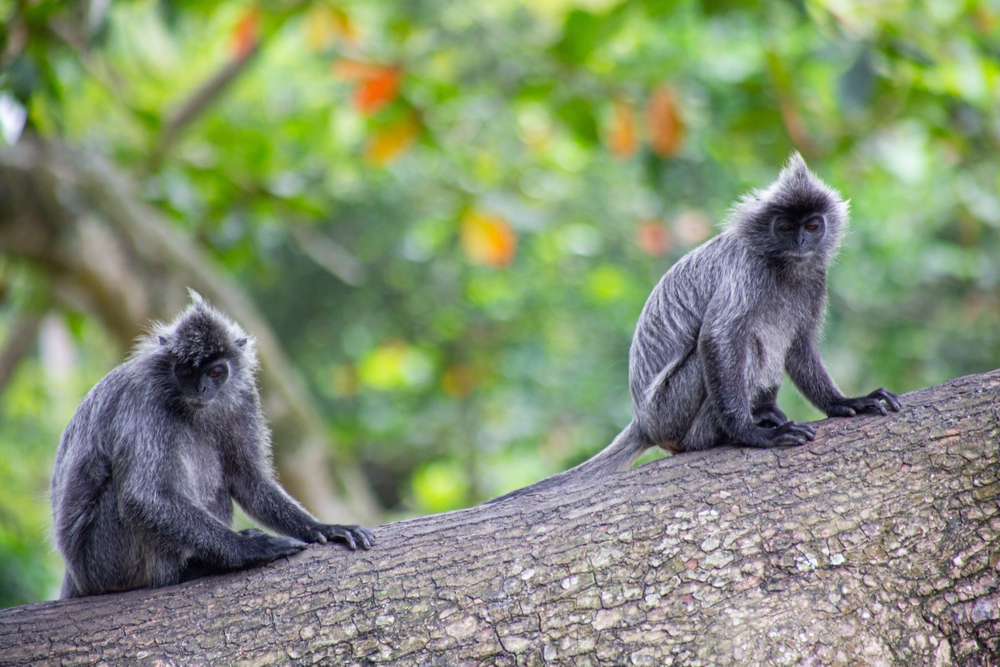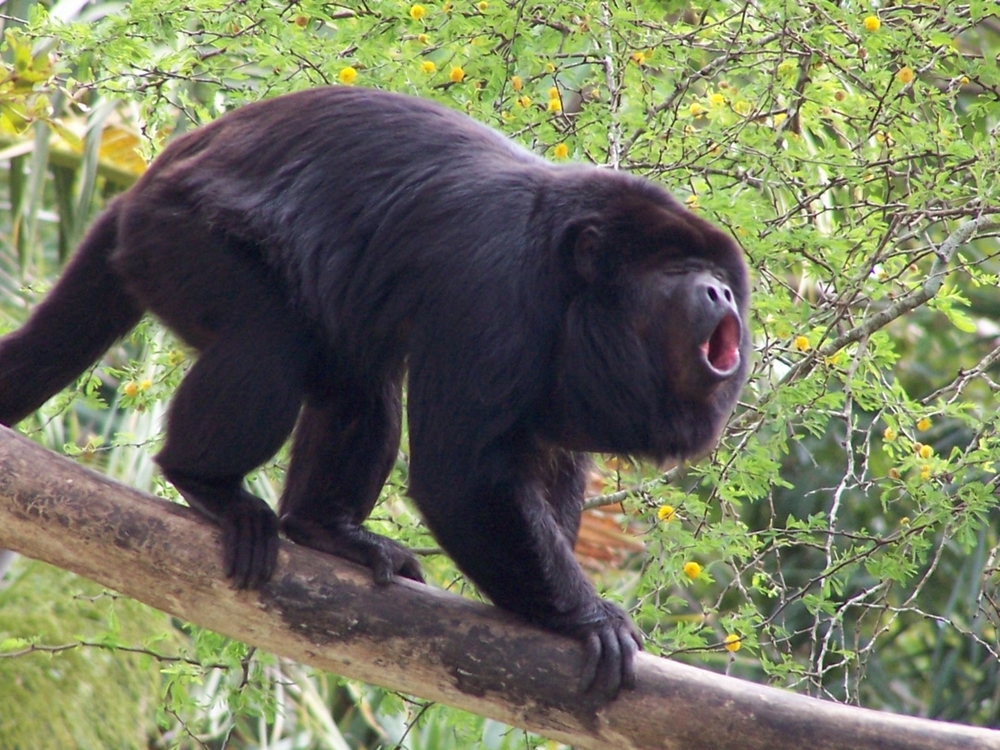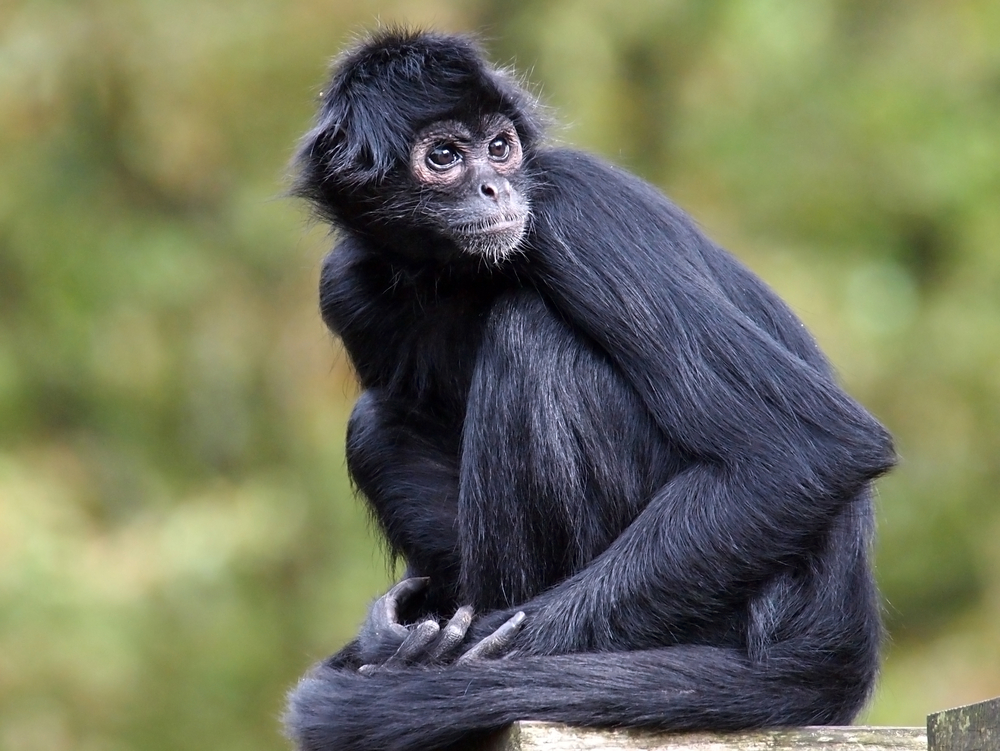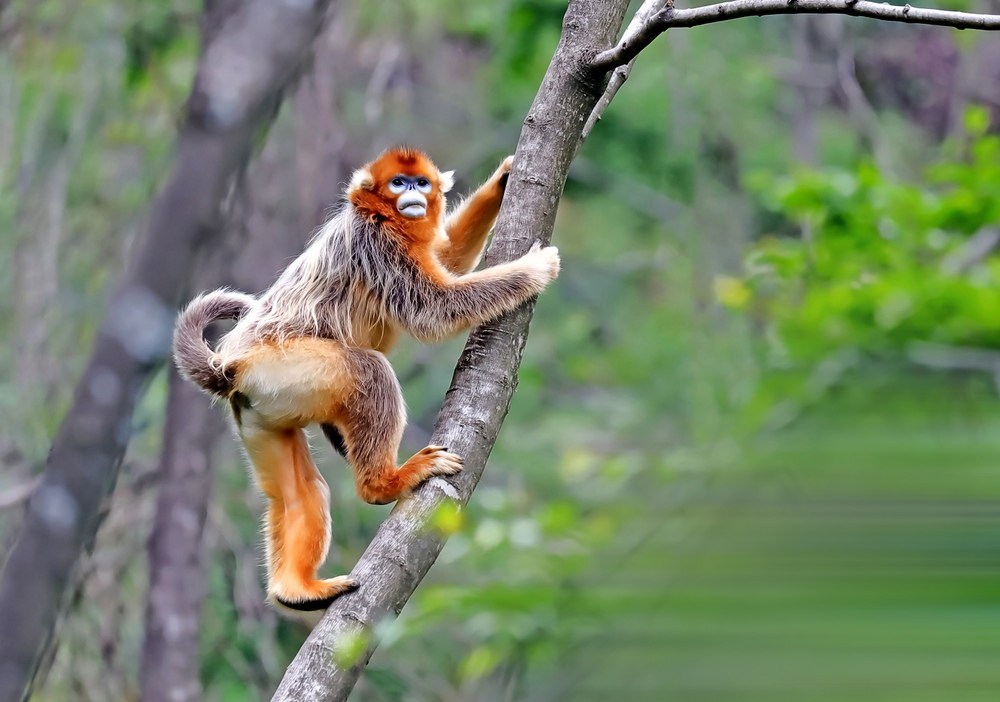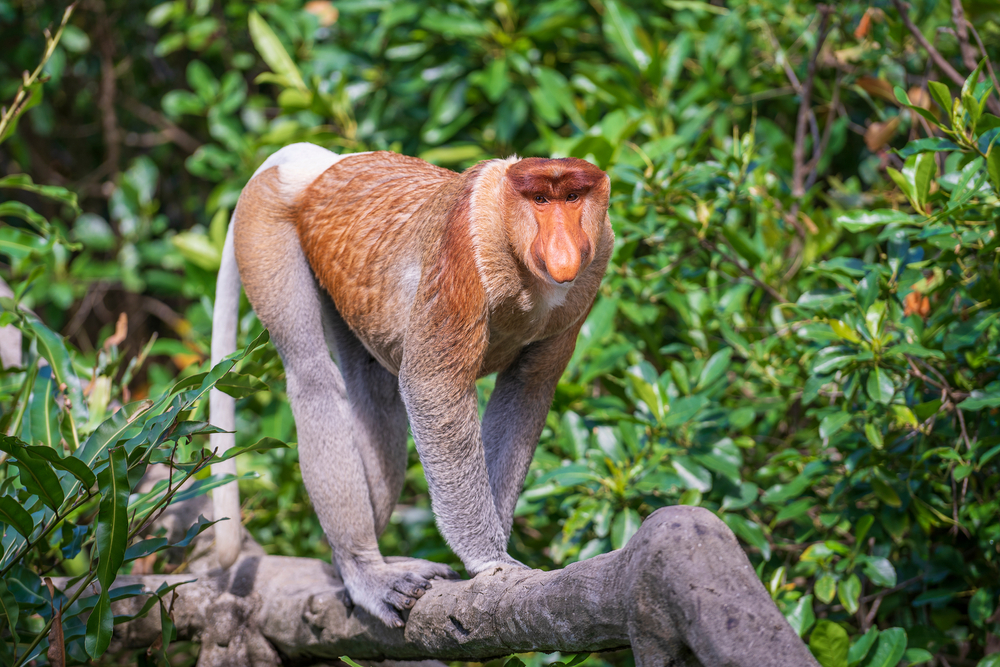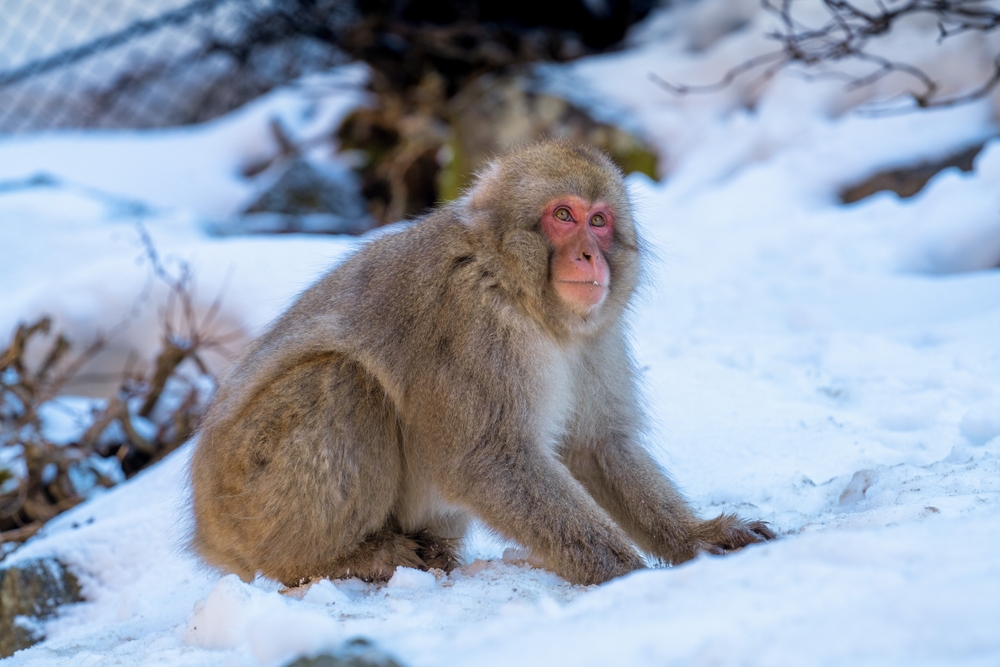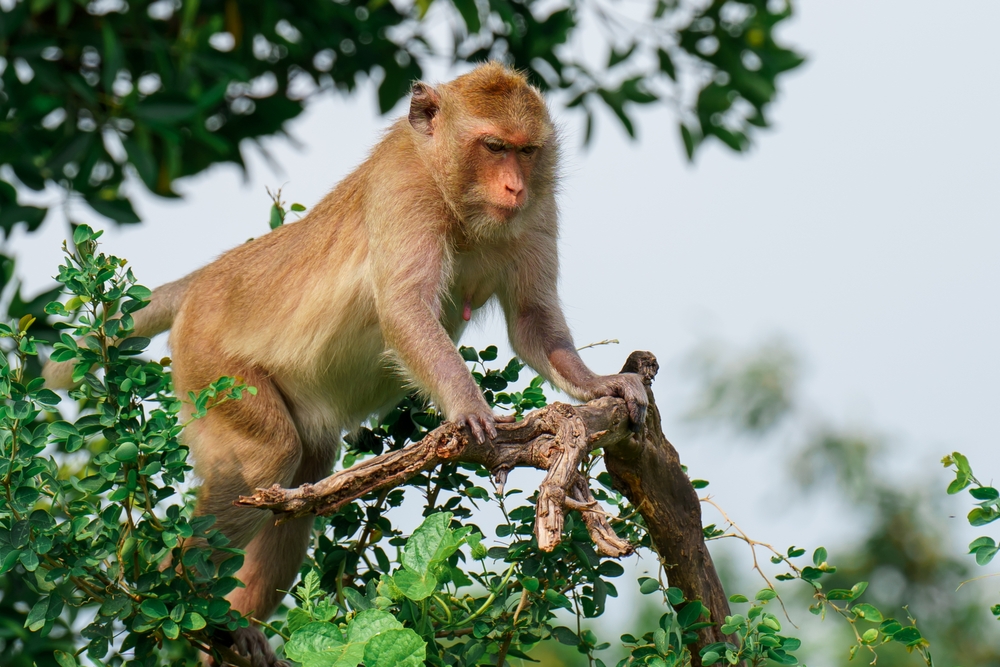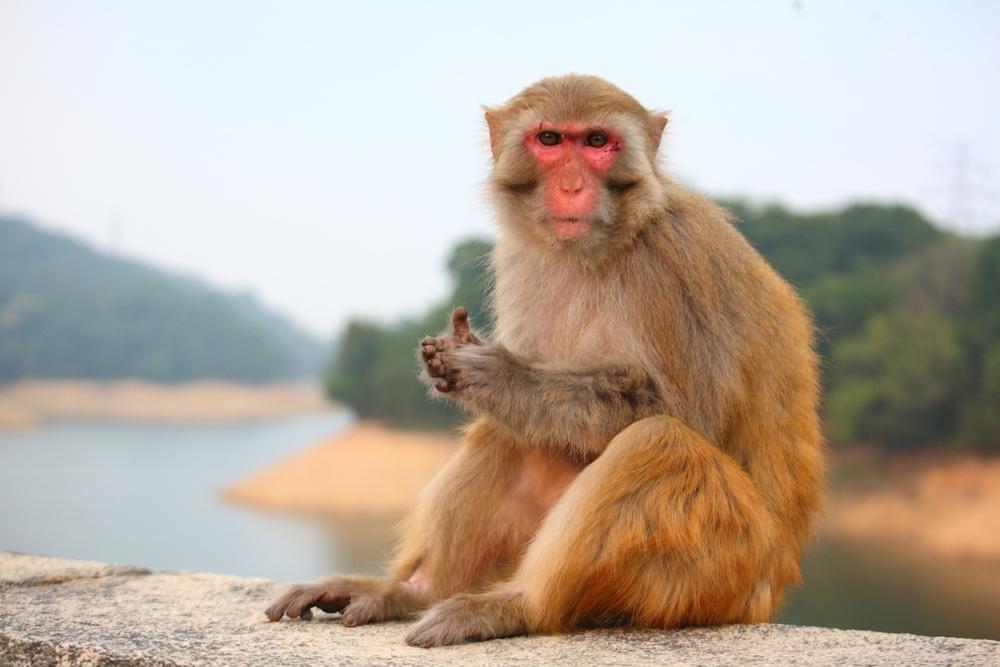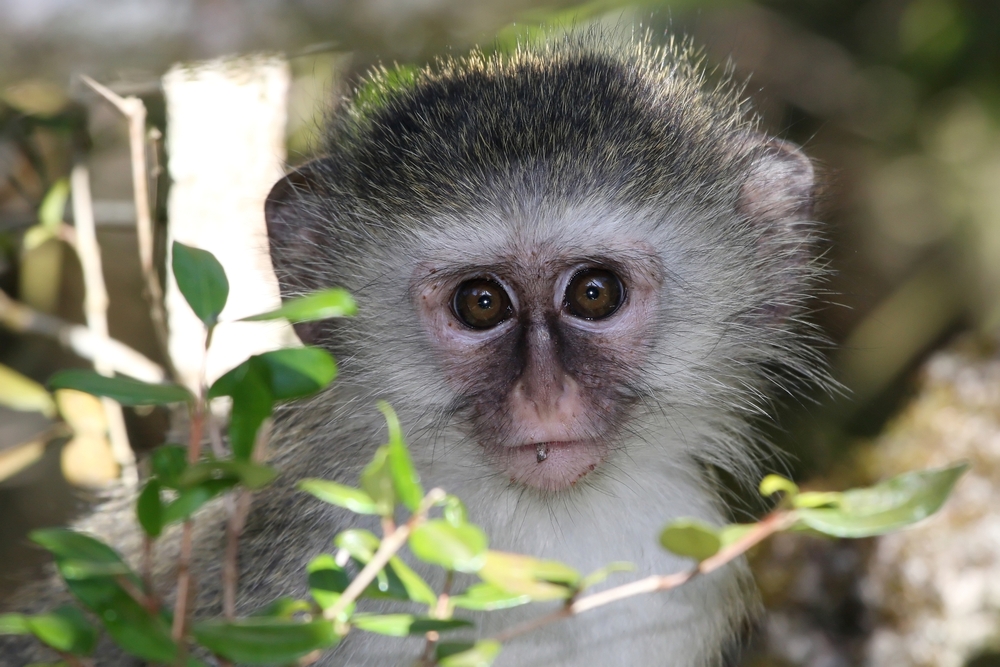The Silvery Lutung belongs to the genus Trachypithecus, which includes several species of leaf monkeys (also called lutungs or langurs). Its closest relatives are:
🧬 Closely related species include:
-
Javan Lutung (Trachypithecus auratus):
-
Shares similar size, diet, and orange infant coloration
-
Native to Java and Bali
-
Sometimes confused with the Silvery Lutung due to overlapping silver tones
-
-
Dusky Leaf Monkey (Trachypithecus obscurus):
-
Found in Thailand and Malaysia
-
Has darker fur and distinctive white rings around the eyes
-
Shares the same colobine digestive adaptations
-
-
Banded Leaf Monkey (Presbytis femoralis – formerly classified under Trachypithecus):
-
Found in parts of Malaysia and Singapore
-
Also arboreal, folivorous, and reliant on rainforest cover
-
The Javan Lutung is considered the closest species genetically and behaviorally, although all Trachypithecus species share strong similarities.



































































